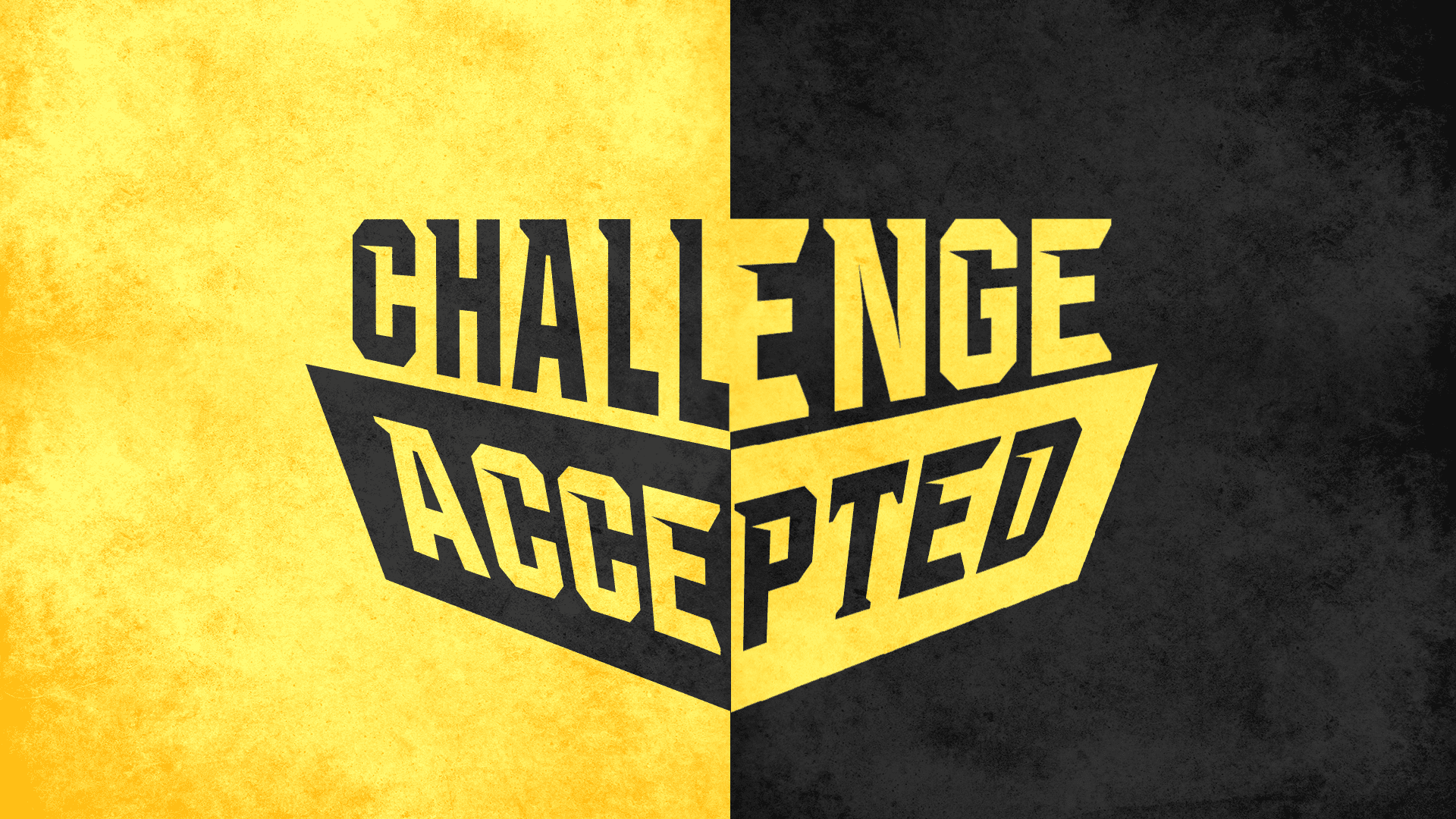Los desafíos en las redes sociales.
Desde unos años atrás y con la facilidad que nos dan las redes sociales, han ido apareciendo diversos desafíos, unos claramente con un buen propósito y otros que han puesto en peligro la vida de los que siguen estos retos.
Pero actualmente existe un nuevo desafío el cual ayuda a nuestro planeta, y que nos demuestra una vez más que juntos logramos más, este es el "trashtag challenge" el cual consiste en recoger toda la basura en áreas naturales como playas, bosques, ríos, parques, etc.
No cabe duda de que es uno de los mejores retos virales que ha aparecido en las redes sociales hasta el momento, pero también es cierto que como seres pensantes deberíamos de tener en conciencia de ya no tirar basura en las calles y áreas naturales pues eso evitaría que empeore la situación actual del calentamiento global y la existencia de todos los seres vivos en la Tierra.
Ojalá que cuando acabe el furor del “trashtag challenge” no se termine la buena obra de todos nosotros, quien sabe, a lo mejor el siguiente reto puede ser el de no tirar basura.
Seamos conscientes y ayudemos a mejorar un poco nuestro planeta y hagamos que sea algo cotidiano en nuestra vida el no ensuciar la naturaleza.





Comentarios
Publicar un comentario